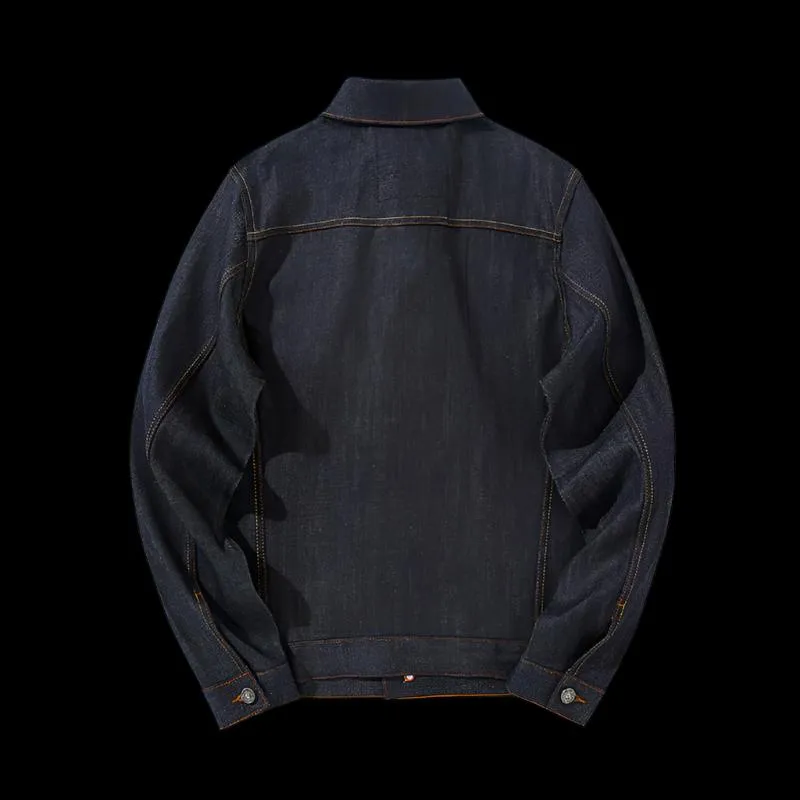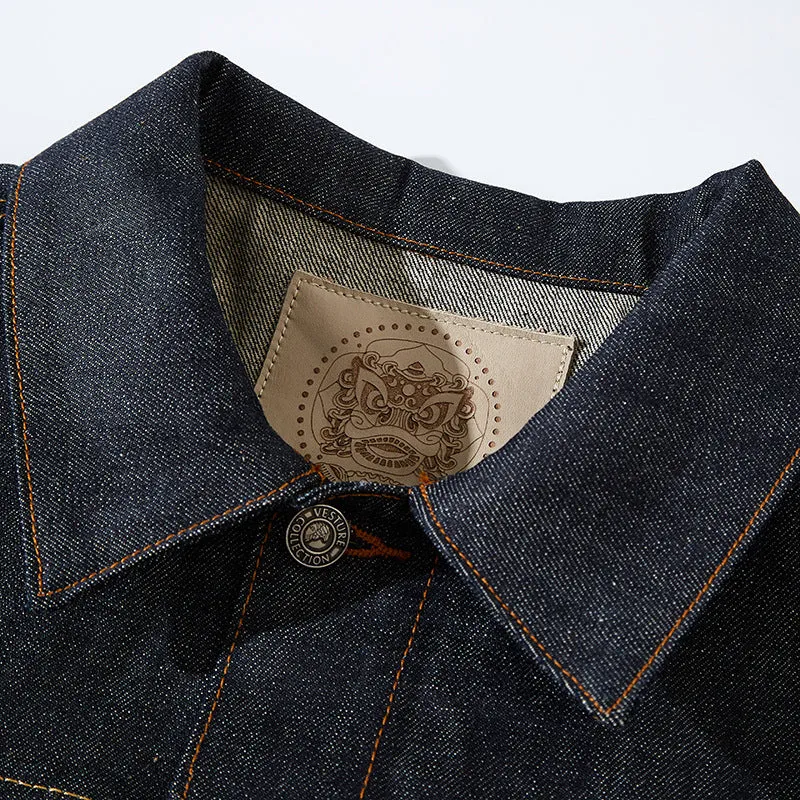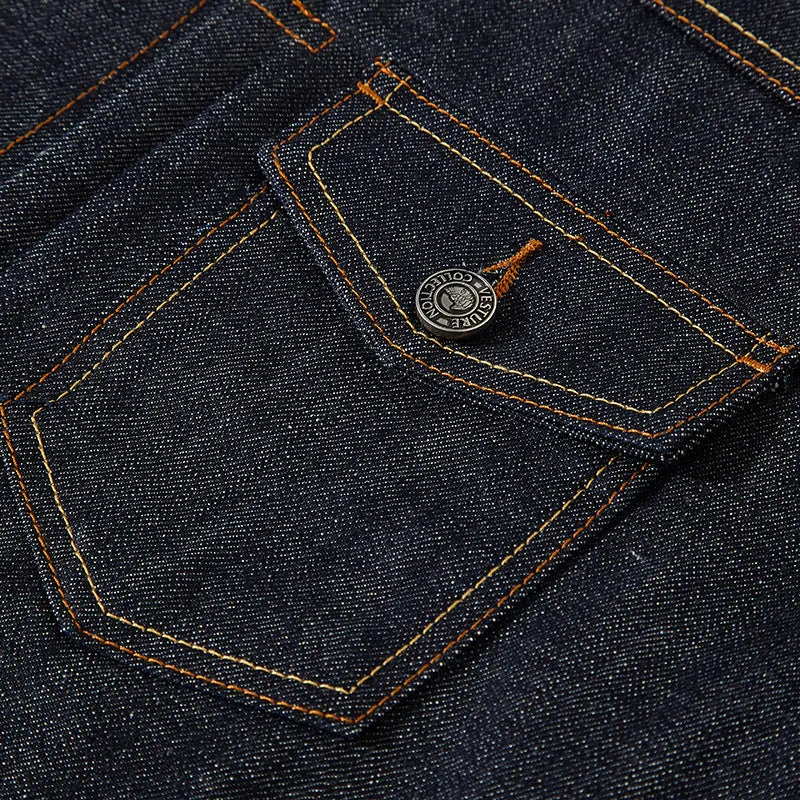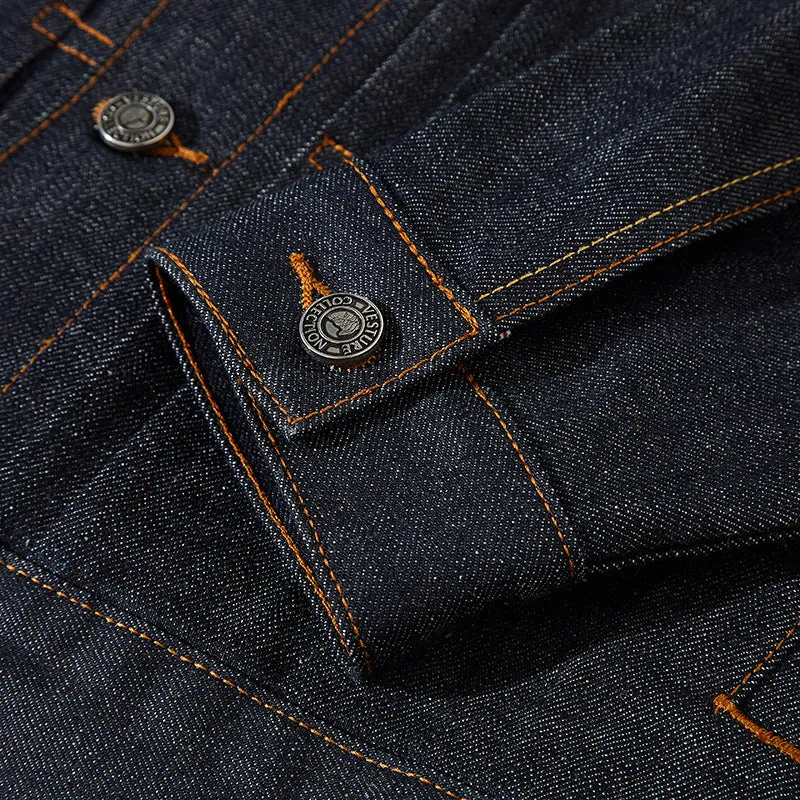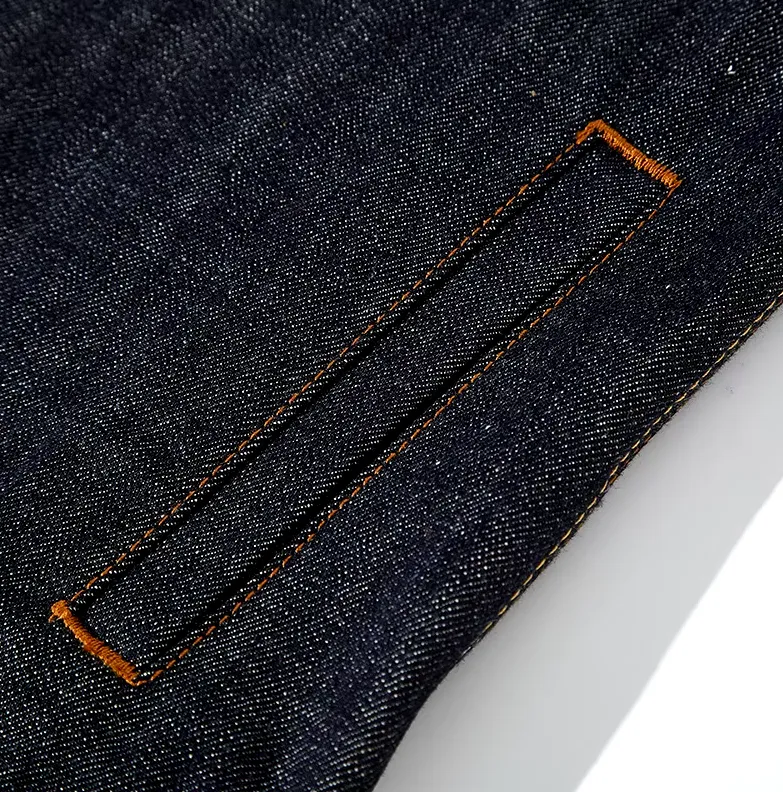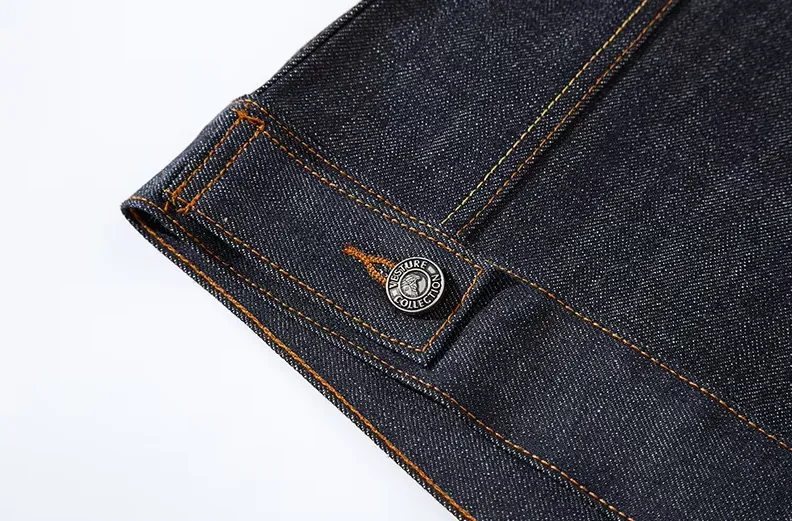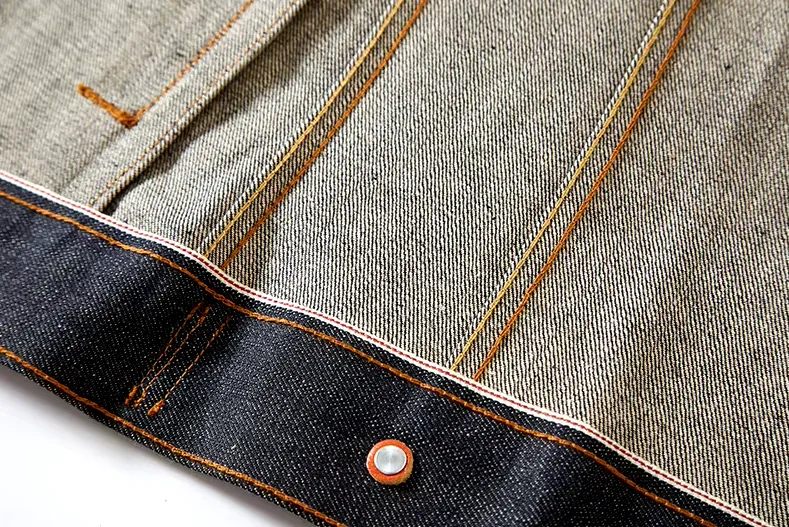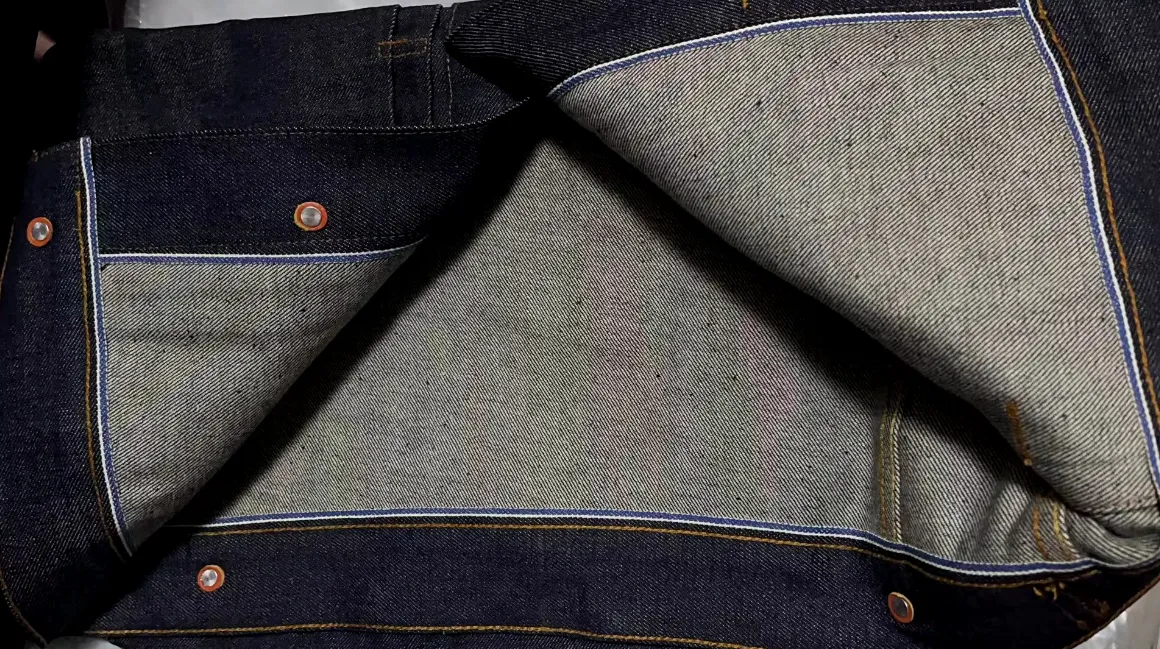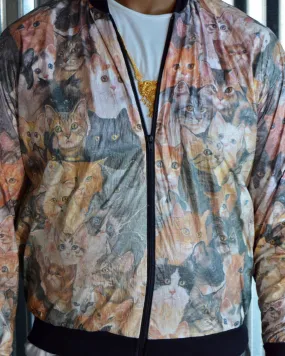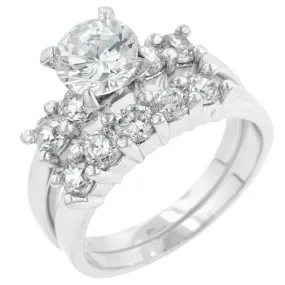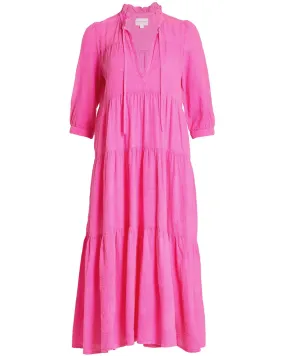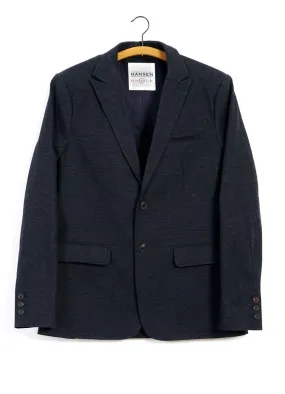Product Details
+
The Origins of Japanese Raw Denim
Japan’s raw denim history began post-World War II, when American denim made its way to the country, influencing the Japanese garment industry. Japanese manufacturers initially attempted to replicate American jeans as a cultural symbol of post-war progress. However, over time, they developed their own methods and styles, eventually surpassing American production in quality, particularly with the introduction of raw (or "selvage") denim. By the late 20th century, Japan had gained a reputation for producing some of the best denim in the world.
Raw denim is untreated and unwashed after dying, often with indigo dye, which results in a fabric that fades uniquely over time based on the wearer’s activities. Japanese denim mills, particularly in places like Okayama and Kojima, became known for their attention to detail and commitment to traditional techniques, using shuttle looms to create a tighter, more durable weave. This weaving method produces a visible “selvage edge,” often finished with a colored line, which prevents the fabric from unraveling. The "red edge" selvage line has become a sought-after feature, signaling high-quality, traditional craftsmanship.
Single Chest Pocket: The Type 1 features a single chest pocket on the left side, often with a flap and button closure. This pocket is often reinforced for durability.
Boxy Cut: Known for its slightly boxy, loose fit, the Type 1 was created for easy movement, especially for labor-intensive jobs. The shape adds a vintage aesthetic and makes it more versatile for layering.
Pleated Front: Vertical pleats run down the front of the jacket on either side of the opening, serving both as reinforcement and as a decorative feature. This is one of the signature details of the Type 1, later modified in subsequent versions.
Denim Weight: Jackets made from Japanese raw denim are often constructed with mid-weight to heavy-weight denim, typically between 12-15 oz per square yard. This thickness enhances the jacket's durability, making it suitable for colder weather, while also giving the fabric a sturdy, substantial feel.
Red Edge Selvage Detail: The red edge selvage line may be seen inside the jacket or subtly featured in exterior elements, symbolizing premium construction and attention to detail. The "Red Edge" selvage has come to be associated with the highest quality Japanese denim.
Influence of Vintage Fashion: As vintage styles regained popularity, classic Type 1 and other denim jackets became highly sought after, often fetching high prices on the resale market. Authentic Japanese reproductions of classic American styles, especially those in raw denim, were regarded as “upgrades” to their vintage counterparts, providing classic aesthetics with enhanced durability.
Comfort and Break-In Period: Raw denim is often stiff and rigid, requiring a significant “break-in” period to soften and mold to the wearer’s body. While many denim enthusiasts appreciate this feature, some consumers may find it uncomfortable, especially if they are new to raw denim.
Niche Market Appeal: The appreciation for Japanese raw denim often requires an understanding of denim culture, and many casual buyers may not fully grasp the appeal of a garment that fades over time or that demands special care. As such, these jackets remain somewhat niche, mainly targeting denim aficionados and collectors.
Style - Type 1 Japanese Retro Pleated Front Cut
Fabric - 100& Cotton Selvage Denim
Fit - Loose
Pattern - Classic Pleated Cut
Pocket - Single Chest Pocket / 2 Slanted Pockets
Adjust - 2 Side Epaulets
Color - Raw Indigo
Size - S - M - L - XL - XXL
Note:
1. Asian sizes are 1 to 2 sizes smaller than European and American people. Choose the larger size if your size is between two sizes. Please allow 2-3cm differences due to manual measurement.
2. Please check the size chart carefully before you buy the item, if you don't know how to choose a size, please contact our customer service.
3. As you know, different computers display colors differently, the color of the actual item may vary slightly from the following images.





